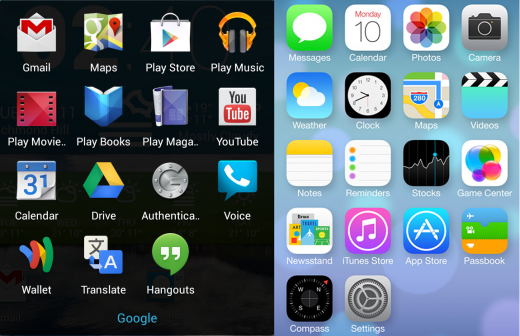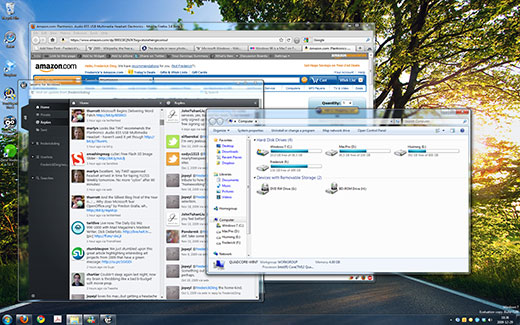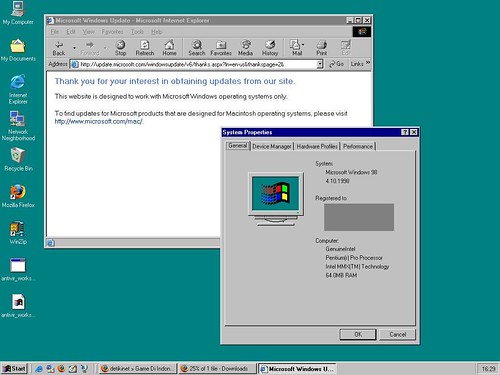I’ve been a proud Android user for years. Yesterday, I became even stauncher of a loyalist.
I only had to look at some of the incredibly stupid decisions Apple made with its iOS 7 redesign. There’s no need for me to write a long rant because that’s already been done — by countless individuals.
Basically, there was nothing significantly innovative in this iteration, and the design is now a horrible, inferior mixture of Windows Phone/Metro, Android, and WebOS.
Just compare the icons of “stock” apps on Android 4.2.2 (on my Nexus 4, left) vs iOS 7 (from the Apple site).

The legacy rounded corners in the iOS designs, the mid-2000s gradients, and bubbly, cartoonish icons don’t fit the image of a polished operating system. The roundness of it all is really bad considering the emphasis on flatness in the calculator and call screen (or FaceTime incoming screen).
What really struck me was the redesign of the 4 core dock icons. I don’t think I’m crazy in picking stock Android over iOS 7 on this one:

Don’t get me started on how cluttered Control Center looks.
I’ll just leave you to read a “quick feature comparison” between iOS 7 and Android.
TL;DR I’m not impressed.



